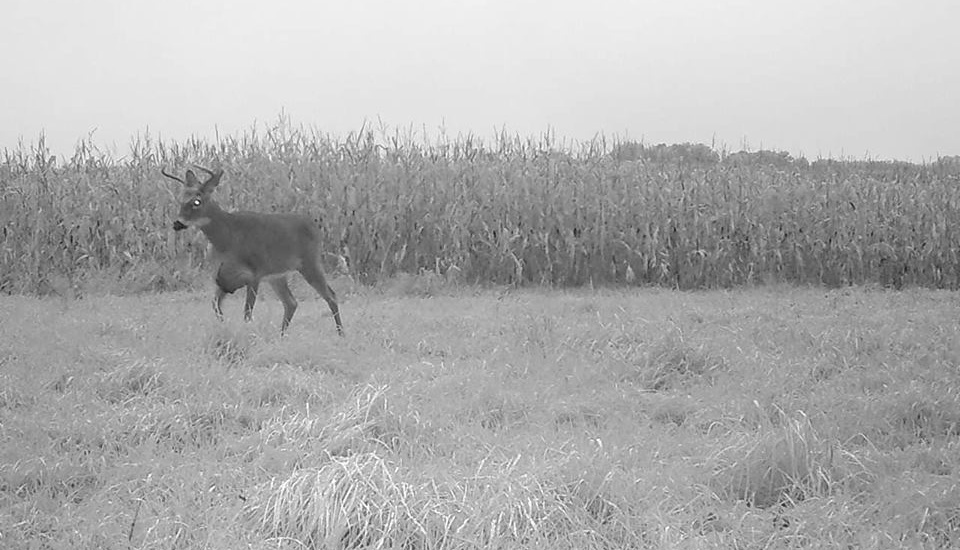It’s not uncommon to get a call or email about a strange occurrence found on a deer — from “messed up” antlers and hooves, to missing testicles on what appears to be a buck. But one of the most common deer phenomenon I’m asked about deals with various observable growths. Though some, such as cutaneous fibromas often called “deer warts,” might be more common than others, they still draw attention. One common growth that is often misidentified is the seroma, or hydrocyst.

A hydrocyst is a fluid-filled cyst that occurs in the subcutaneous space usually in the brisket area of a deer. It has been seen in the shoulder and hindquarter areas as well. A hydrocyst develops in response to a traumatic injury — usually on the ventral aspect of the body — with a resultant accumulation and encapsulation of fluid. (Photo courtesy of longtime D&DH subscriber Ryan Bauer.)
These large growths appear near the brisket on deer, though in some rare instances might show up in other areas of the body. They often resemble a basketball stuffed under the hide. When someone spots one of these growths, they commonly think it’s a cancerous tumor. In the case of seromas, far from it. Seromas are often developed due to a traumatic injury to the area, which holds and encapsulates blood serum, resulting in the large, ball-like shape. If you puncture a hydrocyst while field dressing a deer, you will notice that the blood serum is a clear fluid, sometimes tinted yellow or red, but not the green or pus that would indicate an infection.
Deer Warts: What We Know About These Nasty Growths on Whitetails
Systemic Infections
Though these growths are usually easy to identify, there are other conditions that can resemble seromas. With often the same root cause (trauma), areas on deer can become severely infected to the point in which the hide is pushed out and resembles a seroma. But unlike a seroma, systemic infections can lead to severe body fatigue or death. In much rarer cases, deer have been observed with sarcoma (cancer) that causes large tissue growths. Though much less frequent, this is often what hunters think of when they see growths on deer.
Any time something appears to be wrong with a deer, the safe consumption of the meat comes into question, which is the case when a hunter shoots a deer with “deer warts” (cutaneous fibromas), hydrocysts or other outward abnormalities. For hydrocysts and cutaneous fibromas, the condition ends prior to meat contamination. Though it’s not recommended to eat meat that is in contact with seromas, the rest of the venison is fine to consume. However, safe processing steps are important, including making sure that it is a seroma and not an infection, which could contaminate meat throughout the deer’s body.
How Whitetail Bucks Grow Weird Nontypical Antlers
While deer are susceptible to many conditions and injuries, it is important to remember that deer are resilient animals and often overcome injury and illness, thus human intervention is rarely recommended. Of those, seromas or hydrocysts are one of the least to worry about for both deer and hunters. Mainly benign in nature, a seroma is more of an eyesore than it is a serious health problem.
—By Jeremy and Emily Flinn, Professional Deer Biologists

